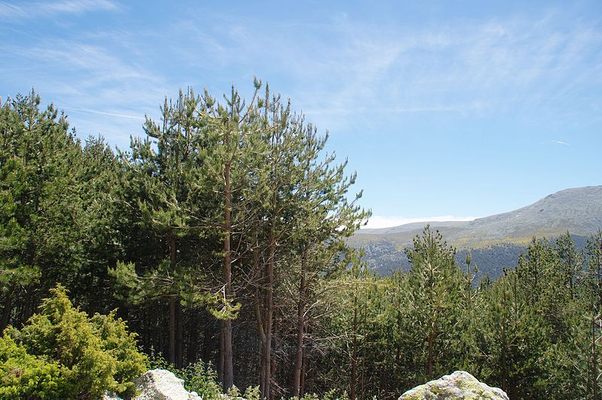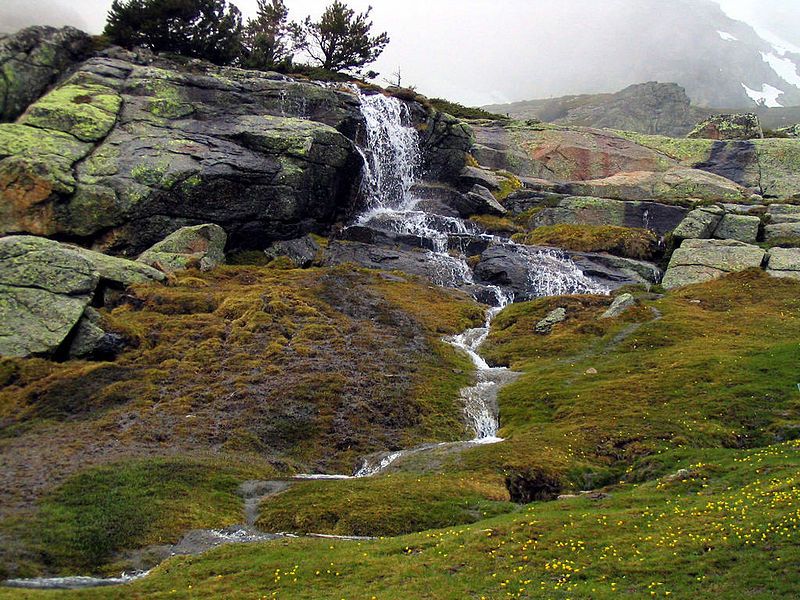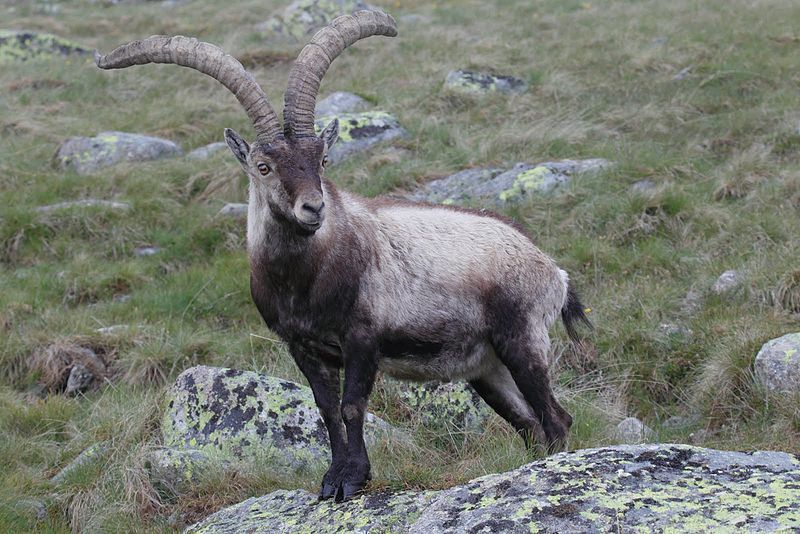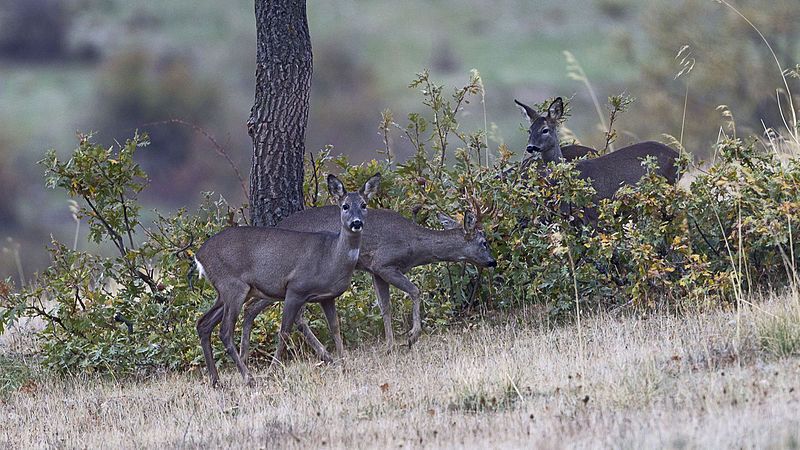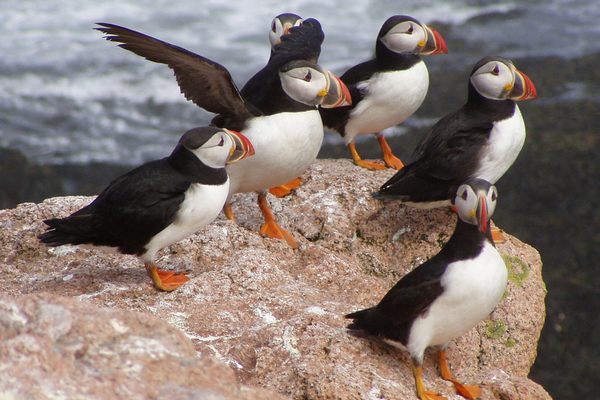About
Just over an hour from Madrid is a spectacular national park where you can wander in the footsteps of literary giants such as Ernest Hemingway through dense pine forests teeming with wildlife, and climb the highest peak of the Guadarrama Mountains taking in inspiring views across the Spanish plains.
The strange landscape of Peñalara National Park, with its rolling mountains and alpine lakes, was shaped during the last ice age when glacial formations covered the land and is composed of several different ecosystems. The sprawling forests of white pine trees in the lowlands are replaced at higher levels by sunbaked rocky matorral scrubland, which in turn transitions to green alpine meadows and lakes. Once you finally reach the highest peaks of the mountains, the landscape is windswept and bare.
The tranquility of the park today belies a dark human history. During the Spanish Civil War in the late-1930s, Peñalara and the greater Sierra de Guadarrama region became a battlefield where the Republican army fought Francisco Franco's advancing fascist troops. Later, the pine-forested hills provided the setting of Ernest Hemingway's famous novel about the war, For Whom the Bell Tolls, which follows a foreign volunteer partisan aiding guerrilla fighters behind enemy lines. The location was also used frequently in the "Spaghetti Westerns" of Sergio Leone as a stand-in for the American Southwest. You may recognize the landscape from scenes in films such as Fistful of Dollars, For a Few Dollars More, and The Good, the Bad and the Ugly.
Human history aside, the park is famed for its biodiversity and provides a home for many animal species. The most conspicuous and significant of these are its birds of prey. Here, the endangered Spanish imperial eagle is commonly spotted soaring above the mountains, while the magnificent golden eagle is occasionally seen too. Other endangered raptors such as the griffon vulture and black vulture are also found in the park and easily seen gliding on thermals looking for carrion.
Mammals such as roe deer, wild boar, red squirrels, beech marten, and red fox may also be spotted in the pine forests, while herds of Gredos ibex can be seen at higher elevations in the mountainous alpine zone. Reptiles including the beautifully colored Iberian emerald lizard can be seen basking on the trails, where you are also highly likely to see the (non-venomous) smooth snake as it searches for its prey with its flickering tongue.
The park is also significant for its many amphibian species that are of top conservation concern—such as the fire salamander, Iberian midwife toad, and Iberian pool frog—as well as rare species of colorful butterflies that play an important role in pollinating the rare alpine flowers and plants. Also to be seen are numerous dazzlingly colored and locally endangered dragonfly species, which hover over the lakes, streams, and pools in pursuit of mosquitos and flies.
Related Tags
Know Before You Go
You can reach Peñalara National Park (Parque Natural de Peñalara) by taking the 691 bus from Madrid's Moncloa terminal, which will get you there in just over an hour. Getting to the park via train is slightly more complicated but also an option, and is a breathtakingly beautiful journey that passes through the pine forests providing a brilliant way to see the mountain scenery. To learn more about the park and its wildlife visit the superb visitor center (Centro de Información) near the entrance (indicated by the map coordinates above). It even has a terrarium with a captive colony of the endangered midwife toad that is being reintroduced to the park after nearly having gone extinct.
Wear sturdy walking shoes for the trails as the footing can be dangerous due to many loose stones and rubble. Sunblock and a hat are also essentials during the summer months due to the intense Spanish sun. Packing a raincoat or umbrella is also recommended as rainstorms can arrive unexpectedly and surprisingly fast in the mountains. Be careful with some of the herds of free-roaming cows and horses; these animals can sometimes behave aggressively towards hikers. Similarly, it's best not to approach the wild boar or ibex too closely if you do encounter them, as they are wild animals and capable of defending themselves if they feel threatened.
Community Contributors
Added By
Published
March 13, 2019









